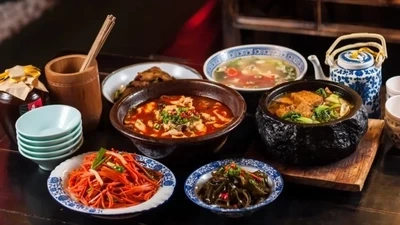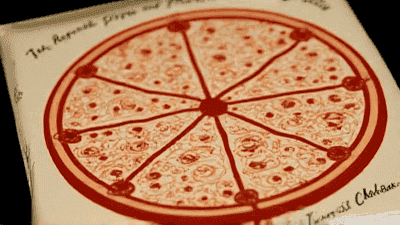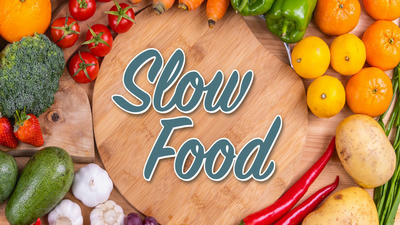Food Culture

Asian Condiment Guide: From Fish Sauce to Doubanjiang
Asian cuisine is known for its vibrant flavors, aromatic herbs, and rich sauces that elevate dishes and bring them to life. Among the cornerstones of these culinary traditions are a variety of condiments that add depth, complexity, and a touch of umami.

Ultimate Guide to Wine and Food Pairing
The art of wine and food pairing is a delightful journey that enhances our culinary experiences, elevates flavors, and creates memorable moments. Whether you are hosting a dinner party, enjoying a casual meal, or celebrating a special occasion, knowing how to combine food and wine can truly transform your dining experience.

Japanese Food Culture: Beyond Sushi
Japanese food culture is a rich tapestry of flavors, textures, and traditions that extends far beyond the globally recognizable sushi. Rooted in a profound respect for nature, an emphasis on seasonality, and the artistry of presentation

From Tradition to Modern: The Evolution of Chinese Cuisine
Chinese cuisine is one of the most diverse and ancient culinary traditions in the world. Its evolution over thousands of years reflects the country’s rich history, regional variety, and cultural transformation. From imperial kitchens to street food stalls

The History of Pizza: From Italy to the World
Pizza, a culinary delight that knows no bounds, has transcended its humble beginnings in Italy to become a global phenomenon. Whether it’s a classic Margherita served in a quaint Neapolitan pizzeria or a gourmet creation topped with unexpected ingredients, pizza has evolved significantly throughout history.

Zero-Waste Cooking: Tips to Reduce Food Waste
In today's fast-paced world, where convenience often trumps sustainability, food waste has become a pressing issue. According to the Food and Agriculture Organization of the United Nations, approximately one-third of all food produced globally for human consumption is wasted.

Family Heirloom Recipes: Why They Matter
Food is not just a necessity for survival; it serves as an integral part of our identities, cultures, and family histories. Among the cherished aspects of culinary traditions are family heirloom recipes—those time-honored dishes passed down through generations.

Traditional Holiday Foods: Flavors of Global Celebrations
Throughout the world, holidays are celebrated with rich traditions, vibrant festivities, and, most importantly, food. Traditional holiday foods not only signify cultural heritage but also bring families and communities together.

Slow Food Movement: Why We Need to Slow Down
In today’s fast-paced world, where convenience often takes precedence over quality, the Slow Food Movement emerges as a refreshing antidote. Founded in the 1980s, this movement emphasizes the importance of taking time to appreciate food, its origins, and the cultural practices surrounding it.

Sustainable Eating: Change the World from Your Kitchen
In an era marked by rising environmental concerns, social awareness, and a desire for healthier lifestyles, sustainable eating has emerged as a powerful movement. This approach to food emphasizes making choices that not only benefit individual health but also promote environmental stewardship and social responsibility.
